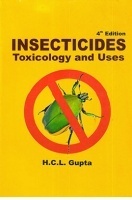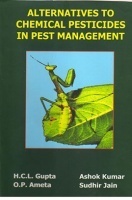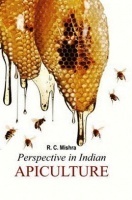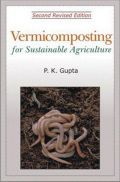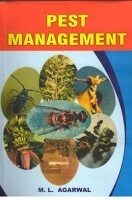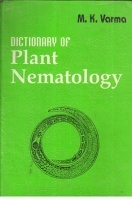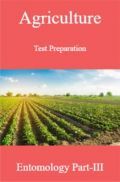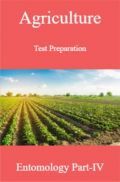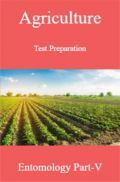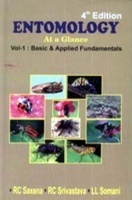Entomology: Principles and Practices by Robinson DH
Book Summary:
It is impossible to devise, or even appreciate, measure which can be taken to prevent or counteract insect attacks, unless the essentials of the life history and habits of the insect concerned are understood. Part I of this book deals, with the elements of Entomology in as concise a form as possible, in order to give the student a grasp of this part of the subject. Part II. deals under their respective orders, with those individual insects which are important pest, and where methods of control are already known, these are given. A separate chapter deals with general principles underlying the control of insect damage. On a small scale, or with fruit pests, it is often worth while to take direct measure in the form of applications of insecticidal substances, Efforts has been made to show how various other operations e.g., a variation in rotation, and cultural methods can achieve the desired end.
Audience of the Book :
This book Useful for Entomology.
Table of Contents:
PART I: GENERAL MORPHOLOGY, PHYSIOLOGY AND CLASSIFICATION
1. General External Characters
2. The Thorax
3. The Wings
4. The Mouthparts
5. Internal Anatomy
6. Metamorphosis
7. Classification
PART II: ECONOMIC SECTION
1. Collembola - Springtails
2. Anopleura - Biting and Sucking Lice
3. Thynchota - Thrips
4. Rhynchota - (Hemiptera) Bugs
5. Neuroptera - Lace Wings, etc.
6. Lepidoptera - Butterflies and Moths
7. Coleoptera - Beetles
8. Hymenoptera - Ants, Bees, Ichneumon Flies etc.
9. Diptera - True Flies
10. Aphaniptera - Flies
11. The Principles of Insect Control
12. Insecticides: Their Composition and Applications
APPENDIXES
1. Other Arthropoda of Economic Importance
2. Anguillulidae or Eelworms
3. Mollusca - Snails and Slugs
4. Methods of Collecting, Preserving and Examining Specimens







